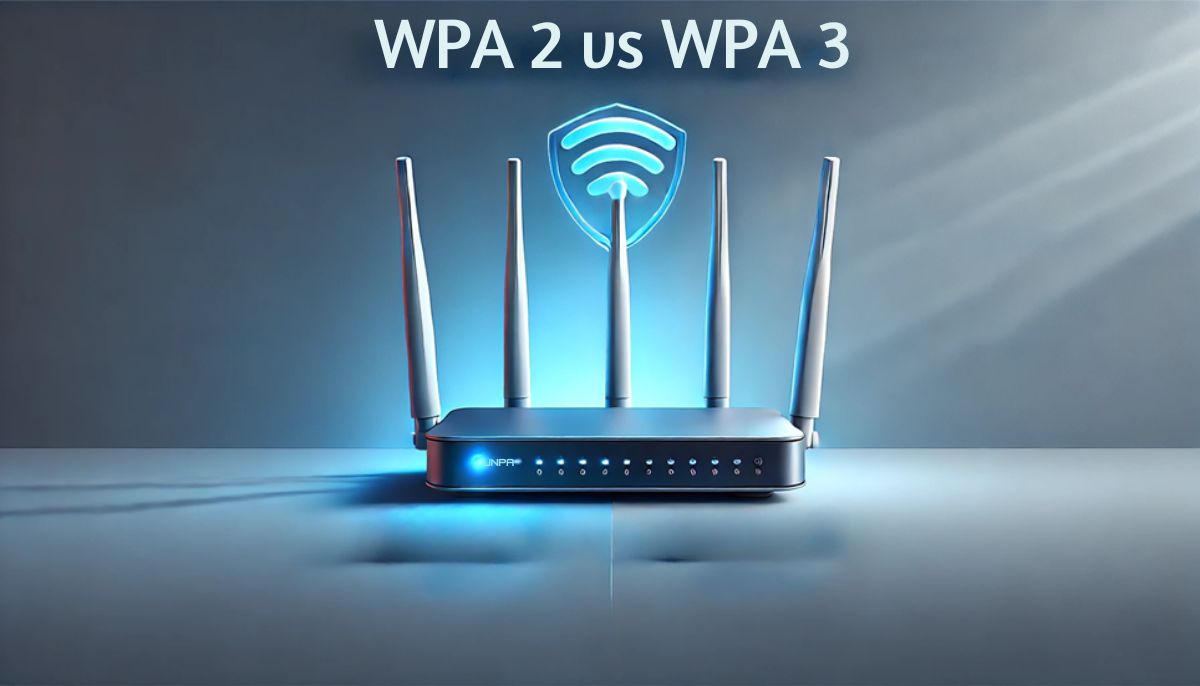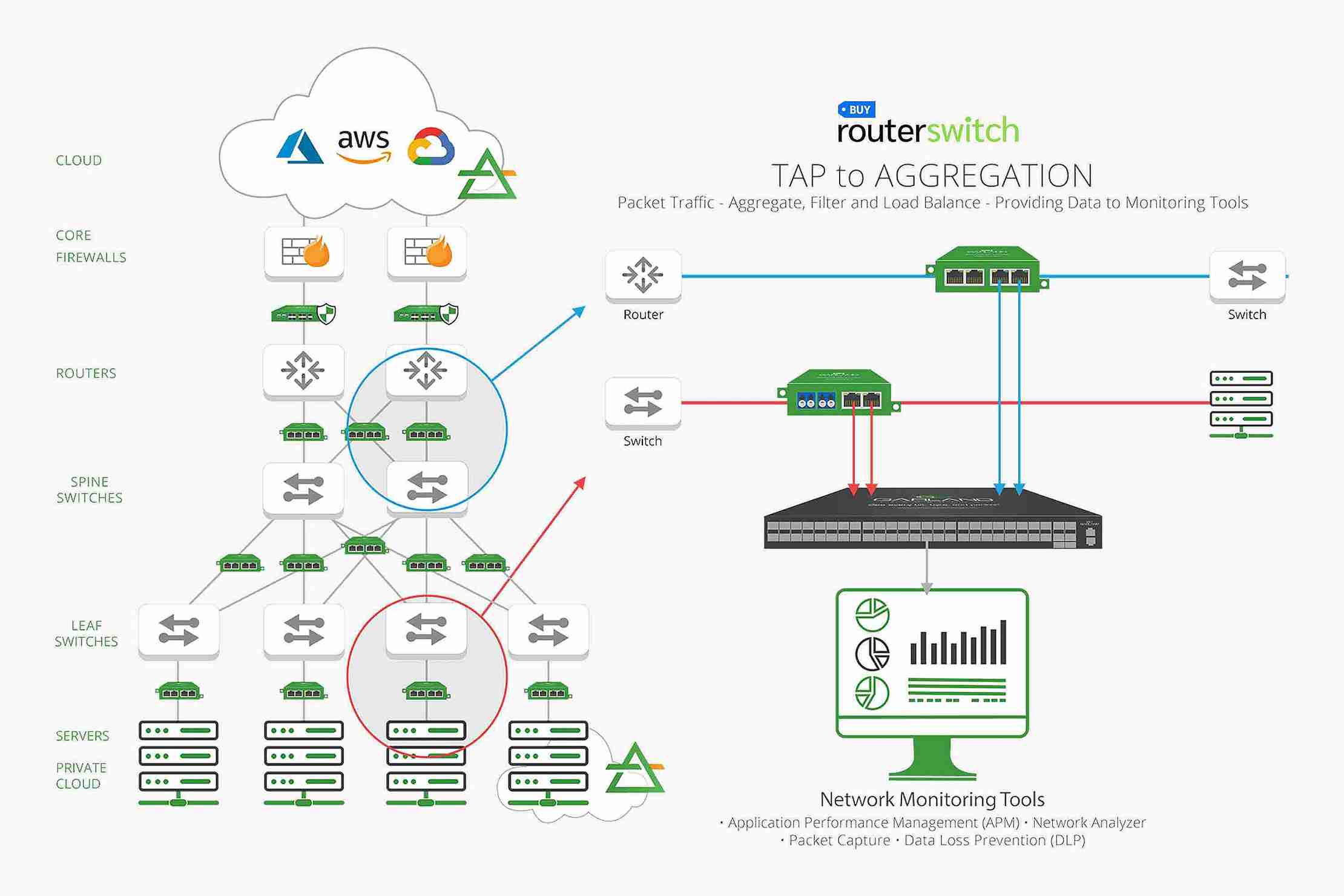WPA2 vs WPA3: Which One Offers Better Wi-Fi Security?
Table of content
Introduction:
WiFi security is a concern for every WiFi user, but not all users are aware of its technicalities. The story starts with WEP (Wired Equivalent Privacy) and continues to the advanced WiFi protocols and encryption standards. In the present scenario, WPA2 and WPA3 are the most recent WiFi security protocols considered worldwide. They have different capabilities, from encryption strength to protection and authentication. Besides, WPA 2 is well-known and recognized, while WPA3 is not very popular because of its incompatibility with some older devices. In this blog, we’ll discuss WPA2 vs WPA3 differences, features, specifications, and compatibilities. So, read ahead and explore the world of advanced WiFi security.
WPA2 vs WPA3: What They Are
The protection of data and devices is important for businesses as well as for households. WPA2 (WiFi Protected Access 2) and WPA3 (WiFi Protected Access 3) are two standards used for this purpose. They provide strong encryption and protect your data and WiFi devices making it difficult for unauthorized parties and hackers to access them. Without knowing their basics, you can employ them in the best way. Therefore, it is crucial to discuss them separately.
Learn more: What is Server Security: Expert Tips To Secure a Server
What Is WPA2:
WPA2 was introduced by WiFi Alliance in 2004. It is a better WiFi security protocol that provides stronger encryption as compared to WPA and WEP. It offers an advanced encryption standard (AES) with a 128-bit key to encrypt your data and privacy. Besides, the standard protects data transmitting over wireless networks. In addition, it uses a four-way handshake process for authentication to ensure that only authorized devices can connect to the network.
WPA2 comes in a variety that includes WPA2-Personal and WPA2-Enterprise. The first is meant for homes and small offices, while the second is for larger organizations. We will discuss them in the coming sections.
What Is WPA3:
Though WPA3 is not widely adopted due to its incompatibility with some devices, it is the latest WiFi security protocol that provides better security than WPA2. Offering advanced encryption methods, it encrypts individual devices, making it almost impossible for hackers to attack. It uses Dragonfly or the SAE (Simultaneous Authentication of Equals) algorithm, offering stronger protection against offline dictionary attacks. Compared to WPA2, it offers 128 bits, 192 bits, and 256 bits, boosting the security of password-based processes.
Like WPA2, WPA3 is available for personal (WPA3-Personal) and professional (WPA3-Enterprise) use. Further details about WPA3-Personal and WPA3-Enterprise will be added soon.
WPA2 vs WPA3: What Are the Differences
The main differences between WPA2 and WPA3 lie in their encryption strength and security protocols. WPA2 has shared encryption for devices, making it vulnerable and sensitive to unauthorized attacks. In contrast, WPA3 offers longer encryption by implementing individualized data encryption. Besides, they have different compatibilities and encryption keys. Let’s see the table to reach the core:
End-To-End Comparison WPA2 vs WPA:
| Feature | WPA2 | WPA3 |
| Encryption | AES with 128-bit key | Supports 192-bit encryption |
| Key Method or Establishment | 4-way handshake | Dragonfly handshake |
| Authentication | Pre-Shared Key (PSK) | Simultaneous Authentication of Equals (SAE) |
| Password Security | Vulnerable to offline dictionary attacks | Resistant to offline dictionary attacks |
| Forward Secrecy | Not supported | Provided, preventing decryption of previously captured data |
| Side-Channel Protection | Not supported | Included, protecting against cache-based attacks |
| Compatibility | Widely supported by most devices | Newer devices are more likely to support WPA3 |
| Transition Mode | Has a Transition Mode with respect to WPA | Has a Transition Mode with respect to WPA2 |
| Adoption | Widely adopted and currently the most common standard | Adopted by manufacturers; the new standard |
WEP vs WPA vs WPA2 vs WPA3: How Do They Differ
WEP: The First WiFi Security Protocol
- It stands for Wired Equivalent Privacy.
- The first-ever WiFi security was introduced in 1999.
- Functioned at the data link and physical layer of the OSI model.
- Lacked end-to-end security.
- It was easy to crack, being limited to 64-bit encryption.
WPA: Temporary Enhancement for WEP
- Adopted in 2003.
- Improved upon WEP with an encryption of 256-bit.
- Ranges from WPA-Personal to WPA-Enterprise.
- It provided better security but was a temporary solution.
WPA2: Improvement Based on WPA
Offers higher security and performance with AES (Advanced Encryption Standard).
- It can be vulnerable when used in enterprise networks.
WPA3: The Next-Generation WiFi Security
- Addresses the vulnerabilities and flaws of WPA2.
- Offers stronger security, comprehensive authentication, and automatic encryption for public networks.
WPA2 vs WPA3: Comparison Between Different Versions
WPA2 and WPA3 both have different versions such as WPA2-Personal and Enterprise and WPA3-Personal and Enterprise. Which one do you need and why? Here is a brief explanation of both to let you know about their differences and uses:
WPA2-Personal vs WPA3-Personal
Here are some key differences:
Security:
- WPA2: Uses TKIP or AES encryption, vulnerable to offline dictionary attacks with weak passphrases.
- WPA3: Uses SAE (Dragonfly handshake), offering better protection against offline dictionary attacks even with weak passphrases.
Key Exchange:
- WPA2: Employs a 4-way handshake, susceptible to KRACK attacks.
- WPA3: Utilizes SAE for key exchange, resistant to KRACK attacks.
Password Protection:
- WPA2: Lacks additional protection for weak passwords.
- WPA3: Enhances protection for weak passphrases through a more secure key exchange.
Backward Compatibility:
- WPA2: Compatible with older devices and mixed WPA2/WPA3 networks.
- WPA3: Supports mixed networks with a “transitional mode” for WPA2 and WPA3 devices, ensuring compatibility.
WPA2-Enterprise vs WPA3-Enterprise
Let’s understand their differences here:
Security Enhancement:
WPA3-Enterprise provides stronger encryption and improved key management compared to WPA2-Enterprise, addressing known vulnerabilities.
Encryption Strength:
WPA3-Enterprise offers both 128-bit AES-CCMP (standard mode) and a stronger 256-bit GCMP-256 encryption in its 192-bit mode.
Authentication Methods:
WPA3-Enterprise 192-bit mode requires EAP-TLS (Extensible Authentication Protocol-Transport Layer Security) with advanced cryptographic algorithms, unlike WPA2-Enterprise, which supports various EAP (Extensible Authentication Protocol) methods.
Deployment Compatibility:
WPA2-Enterprise is widely deployed and supported, while WPA3-Enterprise may need updated hardware and software for adoption.
Backward Compatibility:
WPA3-Enterprise supports a transitional mode for mixed networks of WPA2 and WPA3 devices, ensuring smooth compatibility.
Where Can I Use WPA2 and WPA3?
It depends on your needs and network requirements. They can be used in the same scenario according to the security requirements. For example, when you need better security and advanced encryption, WPA3 is a better option than WPA2. However, you have to check the compatibility of your devices with WPA3, as it is not compatible with some older devices.
Which Devices Are Compatible with WPA3?
WPA3 was launched in 2018. So, devices released before 2018 are not compatible with WPA3. However, many manufacturers update their products to enable WPA3 compatibility on their devices. So, some supported devices released before 2018 do support WPA3. So, you have to keep your eyes on the updated versions of older devices when checking WPA3 compatibility.
Conclusion:
WPA2 and WPA3 protocols are crucial for safe and secure WiFi networking. They both provide strong security by leveraging advanced encryption methods. In order to develop strong WiFi security, learning differences between WPA2 vs WPA3 are significant. In this blog, we have provided you with grounded information on the topic to let you know about WiFi security protocols and their benefits. Still, if you need any help, or want to read more topics like Rip Protocol and Managed Firewall, reach out to Buyrouterswitch.
Frequently Asked Questions:
Is it recommended to use WPA2 or WPA3?
Yes, WiFi security protocols are necessary for data and privacy. Regarding WPA2 vs WPA3, WP3 is recommended because of its better performance and advanced encryption methods. Compared to WiFi Protected Access-2, WPA3 is more secure and reliable for households and enterprises.
What are the disadvantages of WPA3?
One significant drawback of WPA3 is its incompatibility with devices and software released before 2018. Besides, it is more complex to configure and set up than the WPA2 WiFi security protocol.
Does WPA3 affect the speed?
Apart from compatibility issues, WPA3 has other drawbacks, such as lower speeds, connection drops, and more.
In WPA2 vs WPA3, which devices cannot support WPA3?
When it comes to choosing from WPA2 vs WPA3, you should keep in mind that Android mobile devices with Android older than version 10, Apple iOS devices with Apple iOS older than version 13, Apple Macs with macOS older than version 10.15, and Windows computers with Windows 10 older than version 1903 do not support WPA3.




 Catalog
Catalog





















































































































 (800) 870-9487
(800) 870-9487